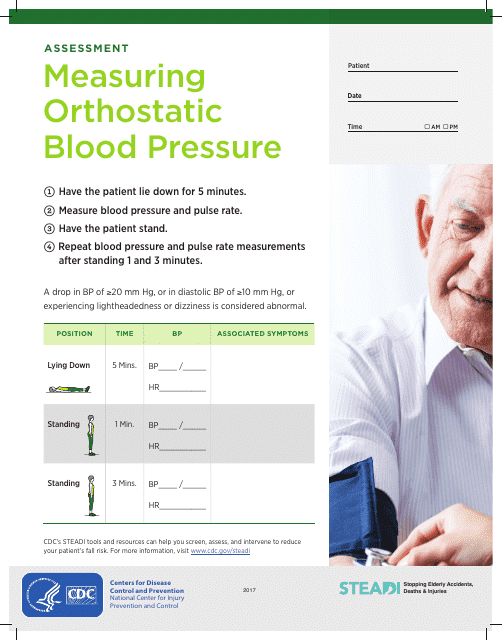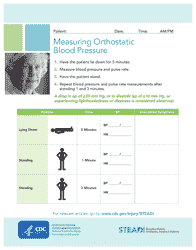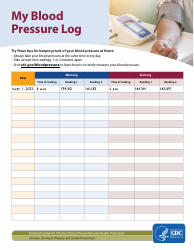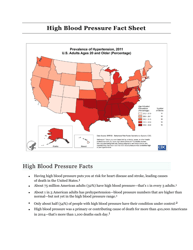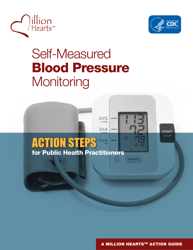Measuring Orthostatic Blood Pressure
Measuring orthostatic blood pressure is a necessary medical procedure used to determine if a person has orthostatic hypotension. Orthostatic hypotension, also known as postural hypotension, is a form of low blood pressure that happens when you stand up from sitting or lying down. This can make a person feel dizzy or lightheaded, and possibly faint. By checking your blood pressure while you are in different positions (laying, sitting, and standing), doctors can evaluate your body's cardiovascular response to the change in position and determine if you have this condition. It's a helpful and simple way to diagnose potential health problems.
In the U.S., a health care provider such as a doctor, nurse, or trained healthcare professional usually files the results of measuring Orthostatic Blood Pressure. The results are typically entered into the patient's electronic health record or paper health documentation. The process involves measuring a patient's blood pressure while they are in two different positions—lying down and standing up—to check for significant changes in blood pressure readings. Such changes might indicate a condition called Orthostatic Hypotension.
FAQ
Q: What does measuring orthostatic blood pressure entail?
A: Measuring orthostatic blood pressure involves taking two blood pressure readings: one when the patient is lying down and another when the patient is standing up. It aims to determine if there are significant changes in blood pressure when altering positions.
Q: Why is measuring orthostatic blood pressure important?
A: Orthostatic blood pressure is measured to diagnose orthostatic hypotension, a condition where blood pressure falls significantly when a person stands up from sitting or lying down. Symptoms include feeling lightheaded or faint. This can reveal potential heart problems or other medical conditions.
Q: How is orthostatic hypotension diagnosed?
A: Orthostatic hypotension is diagnosed through a physical examination and measuring orthostatic blood pressure. If your blood pressure falls significantly within three minutes of standing up after sitting or lying down, you may have orthostatic hypotension.
Q: Who is at risk for orthostatic hypotension?
A: Those at risk for orthostatic hypotension include the elderly, people with long-term diseases like diabetes or Parkinson's disease, and individuals who have been on bed rest for an extended period. Dehydration and certain medications can also increase the risk.
Q: Can orthostatic hypotension be treated?
A: Yes, depending on the cause, orthostatic hypotension can be treated. For some, lifestyle changes like adding more salt to the diet, drinking plenty of fluids, or avoiding alcohol can help. Others may need medication adjustments or specific treatments for underlying conditions.
Q: What is a normal orthostatic blood pressure reading?
A: A normal orthostatic blood pressure reading does not change more than 20mm Hg in systolic blood pressure (the top number), or more than 10mm Hg in diastolic blood pressure (the bottom number) within three minutes of standing up from a sitting or lying position.
